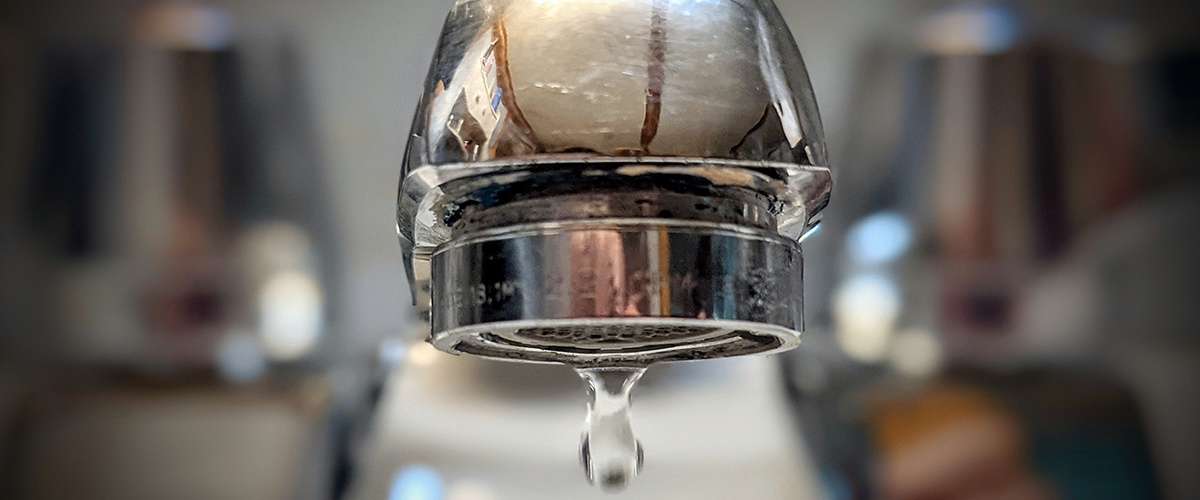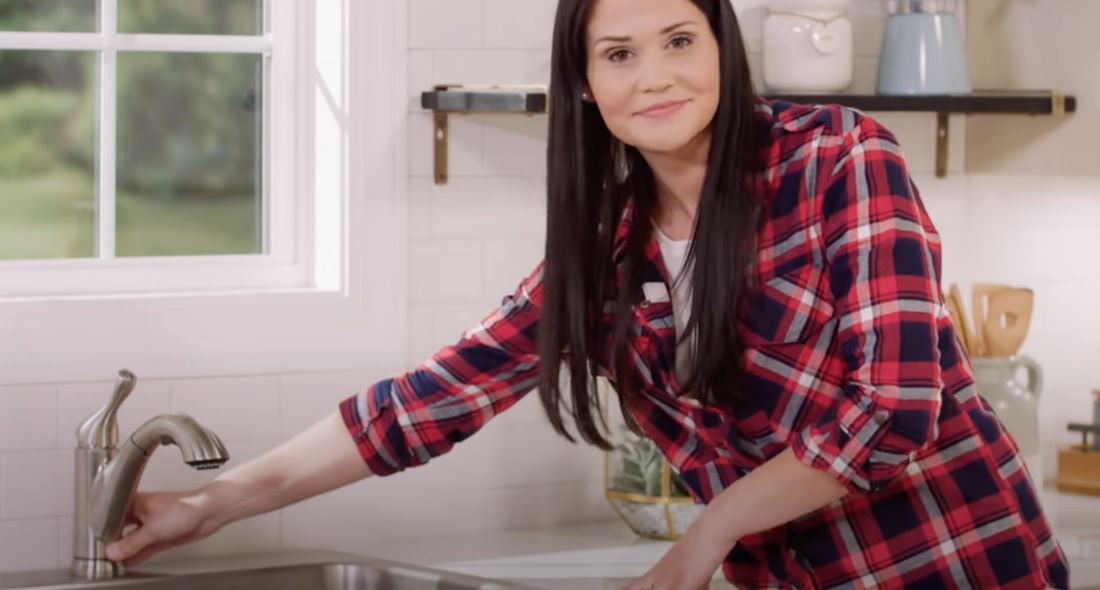Understanding the Significance of Fixing a Dripping Faucet
Understanding the Significance of Fixing a Dripping Faucet
Blog Article
What're your opinions about 4 Common Reasons for a Leaky Faucet?

Trickling taps could feel like a minor aggravation, but their influence goes beyond just the nuisance of the audio. From wasting water to sustaining unnecessary monetary costs and wellness threats, disregarding a trickling faucet can lead to different repercussions. In this article, we'll delve into why it's vital to address this usual household concern promptly and efficiently.
Waste of Water
Ecological Influence
Dripping taps add substantially to water wastefulness. According to the Environmental Protection Agency (EPA), a single faucet trickling at one drip per secondly can squander more than 3,000 gallons of water each year. This not just pressures water resources yet likewise affects environments and wild animals based on them.
Financial Prices
Increased Water Costs
Past the ecological impact, trickling faucets can blow up water bills considerably. The collected waste with time translates right into higher utility expenses, which could have been avoided with prompt repair services.
Possible Residential Property Damage
Moreover, long term leaking can result in damage to fixtures and surface areas surrounding the tap. Water buildup can cause staining, rust, and also architectural problems if left unattended, leading to additional repair prices.
Wellness Issues
Mold And Mildew and Mildew Growth
The continuous visibility of moisture from a leaking faucet creates a perfect environment for mold and mildew growth. These fungi not only jeopardize indoor air quality yet likewise pose health and wellness risks, particularly for individuals with breathing problems or allergies.
Waterborne Illness
Stagnant water in leaking taps can come to be a breeding ground for germs and other pathogens, increasing the risk of waterborne conditions. Contaminants such as Legionella germs flourish in stationary water, potentially bring about serious diseases when consumed or breathed in.
Do it yourself vs. Professional Fixing
Advantages and disadvantages of DIY Repair Service
While some might try to deal with a trickling faucet themselves, DIY repair work feature their own collection of obstacles. Without correct expertise and devices, DIY efforts can intensify the issue or lead to incomplete repair services, lengthening the issue.
Advantages of Working With a Specialist Plumber
Employing a specialist plumber makes certain that the underlying cause of the dripping faucet is attended to successfully. Plumbings have the proficiency and devices to detect and repair tap issues effectively, saving time and lessening the danger of additional damages.
Step-by-Step Guide to Dealing With a Dripping Faucet
Devices Called for
Before trying to fix a leaking tap, gather the required devices, consisting of a flexible wrench, screwdrivers, substitute components (such as washers or cartridges), and plumber's tape.
Usual Tap Issues and Their Solutions
Identify the sort of faucet and the specific concern causing the drip. Usual troubles include worn-out washing machines, corroded valve seats, or faulty O-rings. Describe maker instructions or on-line tutorials for detailed advice on fixings.
Safety nets
Routine Maintenance Tips
To prevent leaking faucets, do regular maintenance such as cleansing aerators, inspecting for leaks, and changing damaged components promptly. In addition, take into consideration mounting water-saving gadgets or upgrading to more effective fixtures.
Relevance of Prompt Services
Resolving leaking faucets as soon as they're seen stops further water wastefulness and prospective damages, ultimately conserving both water and money over time.
Impact on Residential Or Commercial Property Worth
Understanding of Well-Maintained Building
Preserving a home in good condition, consisting of resolving maintenance problems like trickling faucets, improves its perceived value and value among prospective customers or lessees.
Influence on Resale Value
Characteristics with properly maintained plumbing components, consisting of taps, command greater resale values in the property market. Addressing trickling faucets can add to a positive perception during residential property examinations and settlements.
Environmental Obligation
Individual Payment to Preservation
Taking responsibility for dealing with trickling faucets straightens with wider efforts toward water preservation and environmental sustainability. Every individual's activities collectively make a substantial effect on preserving valuable sources.
Sustainable Living Practices
By prioritizing prompt repair services and embracing water-saving practices, people add to sustainable living techniques that benefit both present and future generations.
Final thought
Addressing a trickling tap goes beyond mere benefit; it's a necessary step toward saving water, reducing monetary prices, and guarding health and residential or commercial property. Whether via do it yourself repair services or expert assistance, doing something about it to fix dripping taps is a little yet impactful means to advertise accountable stewardship of sources and add to a much healthier, a lot more sustainable future.
How to Fix a Leaky Faucet: Step-by-Step Repair Guide
A leaky faucet may seem like a simple annoyance, but if it's not fixed promptly, that leak could cost hundreds to potentially thousands. From water damage to mold, mildew, and high water bills, even a tiny leak can be catastrophic if left unattended. Damage like this can even affect the overall value of your home, so it's important to take the right approach for leaky faucet repair. You may need the help of a plumber in some cases, but we've got a few tips you can try on how to fix a leaky faucet before calling the pros.
Four Faucet Types
When you're learning how to fix a leaky faucet, the first step is knowing what kind of faucet you're working with! There are four common types.
Cartridge Faucets
Cartridge faucets come in one- or two-handled varieties. In one-handled cartridge faucets, hot and cold water combines in a single cartridge. In the two-handled versions, hot and cold water are controlled separately and mixed in the faucet.
Ball Faucets
Ball faucets have a single lever you push up and down to adjust the pressure and rotate to change the temperature. A slotted metal ball controls the amount of water allowed into the spout.
Compression Washer Faucets
They're the oldest type of faucet, but they're still used in many homes — especially older ones. Compression faucets have two separate handles that, when turned, raise or lower the washer that seals a water valve. This valve stops water from flowing through the faucet when it is turned off.
Disc Faucets
Disc faucets rarely need to be repaired due to their maintenance-free design. The water flow is controlled by two discs — the upper one raises and lowers against a fixed lower disc, creating a watertight seal. If your disc faucet starts leaking, you may need to replace the seals or clean residue buildup from the inlets.
Fixing a Leaky Faucet
Step 1: Turn Off the Water
Whether you're learning how to fix a leaky bathtub faucet or how to fix a leaky kitchen faucet, always turn off the water supply to your working area when you're fixing a leak. The last thing you want is a flood added to your list of things to fix.
Look for the shutoff valves below your sink or around the tub and turn them clockwise to stop the water flow. If your faucet doesn't have shutoff valves, you may need to turn off the water for the whole house. Check to make sure it's off by turning the faucet on. If nothing comes out, you're ready to start the repair.
Step 2: Take Apart the Faucet
How you disassemble your faucet depends on the type of fixture you have. You can use a flathead screwdriver to remove the caps on top of the handle or handles for cartridge and compression faucets. Inside, you should see handle screws. Unscrew these with a screwdriver to remove the handle.
Disc- and ball-style faucets will typically have an inlet screw near the handle, and removing that will reveal the interior of the faucet.
Detach the Valve Stem
For cartridge- and compression-style faucets, you'll see the inner valve stem or cartridge once you remove the faucet handles. If you have a compression faucet, unscrew the brass valve stem. If you have a cartridge faucet, pull out the cartridge. If your cartridge has been in place for a while, it may require some tools or extra force to remove it due to mineral deposits.
Examine and Replace Parts
Once you've removed the parts, check them out to confirm what needs to be replaced. You may see corroded rubber washers, O-rings, stems, or cartridges. On a ball-style faucet, check the seats and springs for damage.
If you need to repair a leaky disc faucet, check the inlet and seals on the lower disc.
Once you determine what parts must be replaced, visit your local hardware store. Bring the damaged parts with you to ensure you can purchase the correct components to replace them.
Clean Valves and Faucet Cavity
If you've removed a stem or cartridge, you may notice mineral buildup in the faucet's threads. Use white vinegar to clean the valve seat by soaking it for a few minutes, then scrub it away with a soft toothbrush and rinse with warm water. You can also clean the interior of the faucet in the same way.
Reassemble the Faucet
Once your faucet is cleaned and the required parts have been replaced, it's time to reassemble it. Put the pieces back together and slowly turn the water supply back on. Doing this slowly is crucial because too much initial water pressure can damage the new hardware you've just installed.
https://homewarranty.firstam.com/blog/how-to-fix-leaky-faucet

Do you appreciate more info about Why It's Important to Fix Leaky Faucets? Give a remark down below. We'd be delighted to find out your feelings about this entry. In hopes to see you back again later on. So long as you enjoyed our article please make sure you remember to pass it around. Many thanks for your time. Kindly come by our website back soon.
Report this page